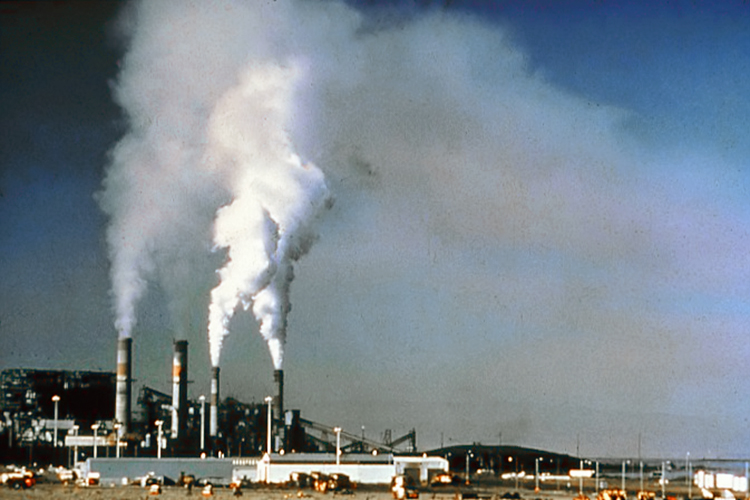You may have heard people talk about organic food or GMO’s and wondered whether you should change your habits. To make sense of all the labels and controversies, we will define these terms.
Processed food is an expansive category that spans from minimally processed foods that have been made easier to eat or store (e.g. pasteurization, fermentation, refrigeration) to ultra-processed foods (typically ready-to-eat foods that may have lower nutrient density like sugary beverages). However, it is not correct to say that all processed foods are bad for us. In many cases, processing can make a food safer, help foods last longer and prevent spoilage, and even add nutrients to foods. In some cases, especially for people who have limited time and money, processed foods can improve their nutrient intake. To know which processed foods are right for you, make sure to read the labels on foods you buy. https://nutritionsource.hsph.harvard.edu/processed-foods/
Organically produced food has a legal meaning according to the United States Department of Agriculture (USDA). In general, that means fruits and vegetables that have been produced without the use of chemical fertilizers and pesticides, and meats, seafood and dairy produced with organic feed and without the use of hormones. In order to display the USDA certified organic logo, the company has to undergo a review by the USDA to ensure compliance with the rules.

For consumers, it is usually clear that organically produced food is more expensive. But is it better for our health? Organic foods do contain fewer pesticide residues when tested (though still below safety thresholds), but studies have found different results when it comes to nutrition – some studies have found no differences in nutrient levels, while others have found higher amounts of antioxidants and Omega-3 fatty acids – https://www.mayoclinic.org/healthy-lifestyle/nutrition-and-healthy-eating/in-depth/organic-food/art-20043880. This question is yet to be resolved.
The acronym GMO stands for genetically modified organisms. Farmers have genetically modified many crops by the process of artificial selection for hundreds of years. However, science has now allowed faster genetic modification by allowing genes to be inserted or deleted in the lab. The purpose for this is usually to provide more yield for crops, resist pests and common plant diseases and thus require less pesticide use, and boost nutritional value. A law passed in 2016 has made it mandatory to label products produced with GMO crops – in the US most corn, soybean and cotton crops are GMOs (many others may also be produced using GM seeds). All foods produced in this way have to pass Food and Drug Administration clearance in order to be sold. Research has not shown there to be any health issues from eating GMO foods – https://www.nytimes.com/2018/04/23/well/eat/are-gmo-foods-safe.html.
While GMO foods are widely considered to be safe, some controversies have arisen based on how the companies that own patents for GM seeds have chosen to enforce their intellectual property – through suing small farmers. Another concern about GMOs is that insertion of other genes into crops may cause allergies – this has yet to be seen in humans or animals.
Local food is generally food that has been produced or grown in close proximity to where people live, but definitions vary. The 2008 Farm Act defined it as being grown within 400 miles of your location, but many people consider 100 miles to make more sense. Local food is often sold in farmer’s markets, through community supported agriculture, or in small local stands and may be produced on urban farms. Some argue that because local food has to travel fewer miles during distribution, that this reduction in greenhouse gas emissions (CO2 and methane), can help slow climate change. While it’s true that emissions are reduced be eating more locally, a greater impact on climate change would be to switch to a vegetarian or semi-vegetarian diet. https://blogs.ei.columbia.edu/2012/09/04/how-green-is-local-food/
What about the word “natural”? Surely foods that are natural are going to be better for our health! In legal terms, the word natural does not have any definition, so any type of food, including highly processed food, can be labeled natural.
What have you heard about these types of food? Remember, food choice is personal and everyone has to eat! Try to meet your nutritional needs with what works for you.




